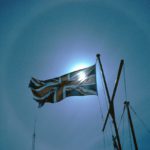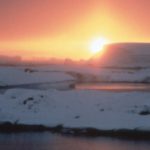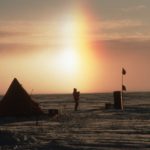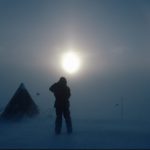Atmospheric conditions in Antarctica mean that many unusual weather phenomena can be seen. In particular halo displays are often exceptionally brilliant and mirages are frequent.
Brockenspectre
When the shadow of an observer is cast onto a fog bank below it often appears unusually shaped and of large proportions — this is the Spectre of the Brocken, first noted by climbers in the Harz mountains of northern Germany.
Corona
Pastel colours in clouds close to the Sun or Moon reveal the presence of water droplets in the cloud. These shades are called the corona, and the physics is similar to that seen when a drop of oil falls onto the surface of a puddle.
Diamond dust
The air temperature in Antarctica is often low enough for water vapour to condense directly out of the atmosphere and form tiny ice crystals which then fall. On a sunny day these catch the sunlight and shine like a sprinkling of diamonds in the sky, hence the name diamond dust. If the crystals are orientated in exactly the right way they can give rise to brilliant halos.
Fogbow
A fogbow is formed in exactly the same way as a rainbow, but the colours overlap in the tiny droplets of water in fog and convert the rainbow back to a colourless bow.
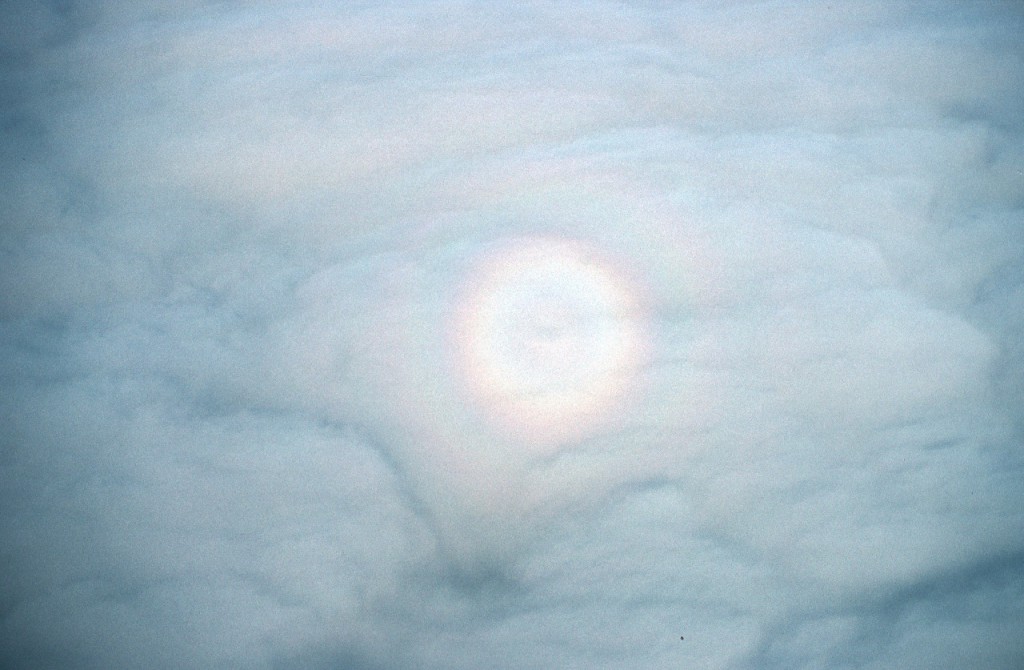
Glory
The head of the observer’s shadow, or the more distant shadow of an aeroplane on cloud below is often surrounded by a bright glow called the glory. The shadows of other people do not show this effect.
Green flash
If the atmosphere is very clear, the final sliver of the setting sun may turn a vivid green or blue colour. This is the green flash, and is caused by the atmosphere acting like a prism and spreading the solar light into a spectrum of colours of which only the green or blue is seen, the others being below the horizon. The Sun sets and rises so slowly at the South Pole that you can see the green flash for hours at a time near the equinoxes.
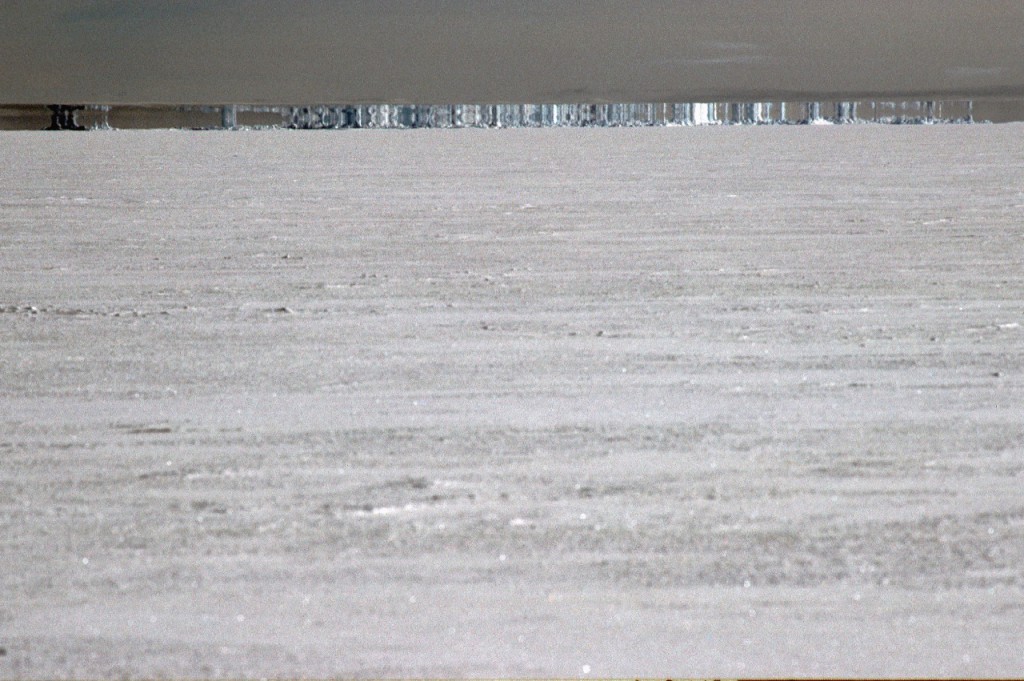
Halo
A halo is a ring or pillar of light around the Sun or the Moon. Halo displays are frequent in Antarctica and are particularly bright when they form in diamond dust. There are many different types of halo, ranging in simple rings with diameters of 22° or 46°, pillars above the sun or moon, sun dogs or parhelia on either side of the Sun or Moon and arcs like rainbows high in the sky.
Mirage
When there is a strong temperature contrast near the ground, light can be bent or reflected, thus distorting the shape of distant objects. Mirages can extend ice floes into huge icebergs, and even give images of ships upside down.
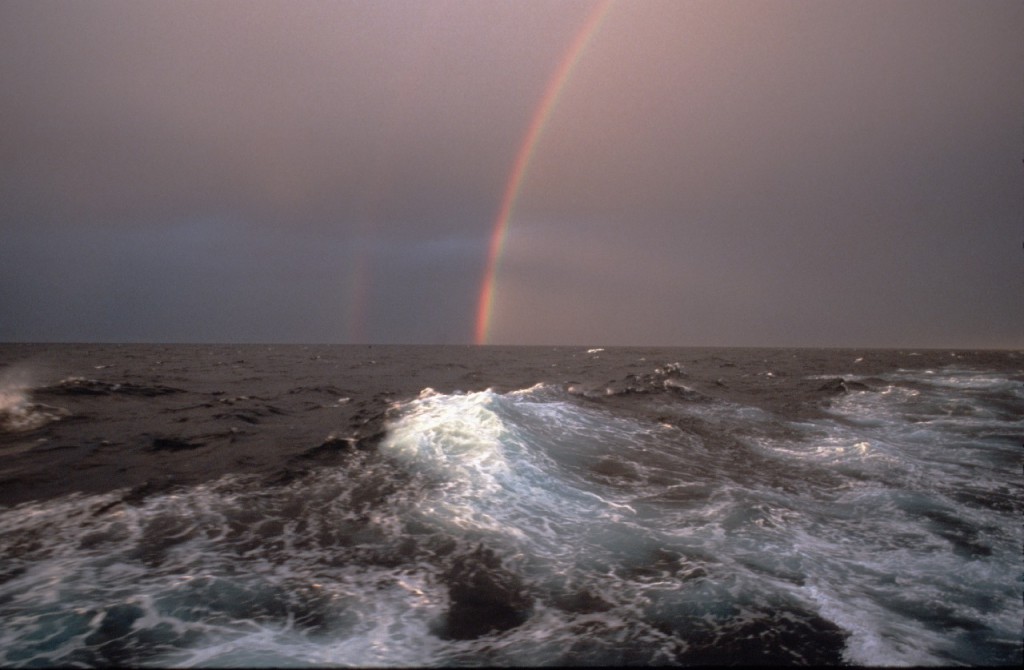
Moonbow
A moonbow is much rarer than a rainbow, as it requires the moon to be close to full. Antarctic moonbows are very rare indeed.
Rainbow
Although rain is rare over much of Antarctica it does fall at coastal sites, particularly on the Antarctic Peninsula. When the conditions are right a rainbow can form.


